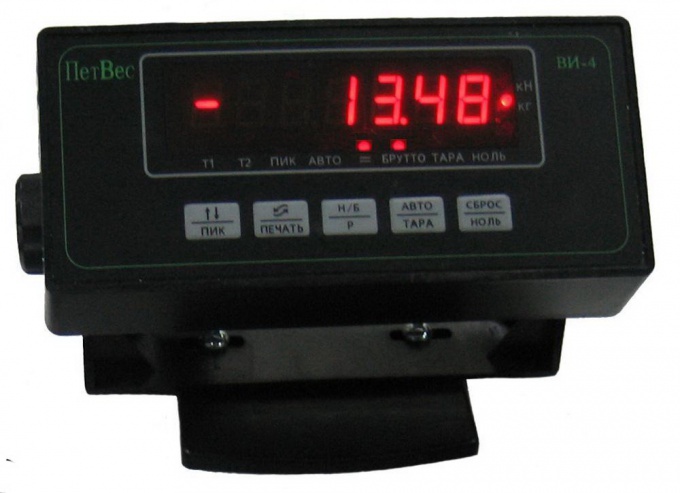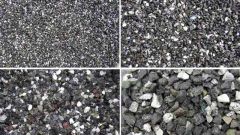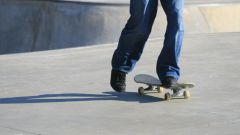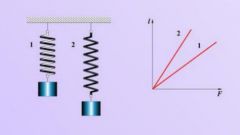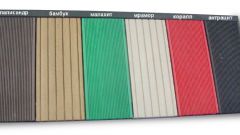You will need
- a calculator or computer
Instruction
1
To translate the mass of a physical body, given in tons to its weight (in kilonewtons), multiply number of tons by the number of 9.8 (acceleration of gravity). That is, use the following calculation:CCS = CT * g, where:Kt – quantity tons
CCS – the amount of kilonewton,
g – acceleration of gravity (≈9.8 m/S2)the unit of g (m/S2) can not pay attention. For more accurate results, use "exact value of g: 9,806652.
CCS – the amount of kilonewton,
g – acceleration of gravity (≈9.8 m/S2)the unit of g (m/S2) can not pay attention. For more accurate results, use "exact value of g: 9,806652.
2
Example.
The tank is 60 tons of water. The empty weight of the tank is 1 ton.
Question: What is the weight of the filled tank?
The decision: (60+1)*9,8= 59,78 (kilonewton). Calculations made according to the above formula is only true for "normal conditions , i.e., near the earth's surface, away from magnetic anomalies and assuming that the buoyancy force of the gas (or liquid) can be neglected.
The tank is 60 tons of water. The empty weight of the tank is 1 ton.
Question: What is the weight of the filled tank?
The decision: (60+1)*9,8= 59,78 (kilonewton). Calculations made according to the above formula is only true for "normal conditions , i.e., near the earth's surface, away from magnetic anomalies and assuming that the buoyancy force of the gas (or liquid) can be neglected.
3
If the body is liquid, it acts upward buoyant force equal to the weight of the displaced body of liquid. Therefore, to convert tons to kN a body immersed in a fluid, use the following calculation:CCS = CT * g – Vzh where: Vzh – the weight of the displaced body of liquid.Example.
In a tank of water placed metal piece weight of 2 tons. The weight of the displaced billet fluid was 5 kilonewton.
Question: What will be the weight of the billet in the water?
Solution: 2*9,8 – 5 = 14,6 (kilonewton).
In a tank of water placed metal piece weight of 2 tons. The weight of the displaced billet fluid was 5 kilonewton.
Question: What will be the weight of the billet in the water?
Solution: 2*9,8 – 5 = 14,6 (kilonewton).
4
As the weight of the displaced fluid depends on its density and the volume of the body, you can use the following formula:CCS = CT*g – *PL*g* = g*(CT – *RV), where: VL – volume of the body, and Pancreas is the fluid density,
thus, the volume of the body should be presented in cubic meters, and liquid density in tonnes per cubic meter.
thus, the volume of the body should be presented in cubic meters, and liquid density in tonnes per cubic meter.
5
If the volume is known the density of the body, then use the following formula:CCS = CT*g – CT/PT*RV*g* =Kt*g*(1 – RV/PT),where PT is the density of the body (in tonnes per cubic meter).
